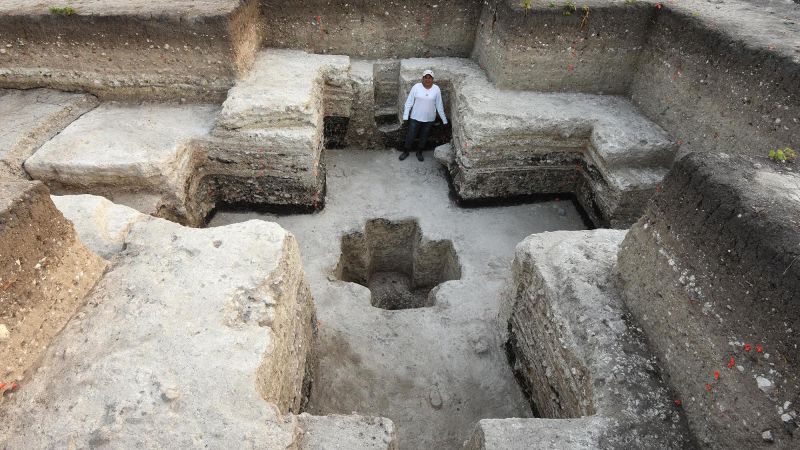Home / Science / Massive 3,000-Year-Old Maya Complex Discovered in Mexico
Massive 3,000-Year-Old Maya Complex Discovered in Mexico
10 Nov
Summary
- Vast ancient Maya complex Aguada Fénix discovered in 2020
- Largest architectural site of the Maya civilization, built 3,050 years ago
- Represents the cosmos and ritual calendar of the early Maya

Five years ago, a vast and ancient Maya complex called Aguada Fénix was discovered in southeastern Mexico, hidden for millennia by forest and fields. Archaeologists have now revealed more secrets about this monumental structure, which was built 3,050 years ago and used for around 300 years.
The site features an artificial plateau made from earth, with connecting causeways, canals, and corridors. Larger than later Mesoamerican cities like Tikal and Teotihuacán, Aguada Fénix was a representation of how the Maya community conceived the universe. At the center is a cruciform-shaped pit containing precious ritual artifacts, with colored pigments thought to represent the four cardinal directions.
Researchers believe the east-west axis of the site was aligned with the sunrise on October 17 and February 24, suggesting it served as an important ritual calendar for the early Maya. The sheer scale of the construction, involving over 1,000 people working for years, is remarkable given the lack of evidence for a social hierarchy or powerful rulers at the site.




